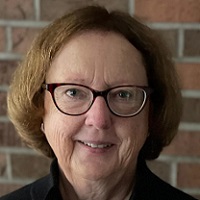 By Susan Bellile, Principal, Clinical, Availity
By Susan Bellile, Principal, Clinical, Availity
Twitter: @Availity
As we kick off 2022, one of the big questions surrounding interoperability is the status of the payer-to-payer data exchange rule. The requirement was part of the May 2020 Final Rule supporting the 21st Century Cures Act, and its enforcement was scheduled to start on January 1. However, in September CMS delayed enforcement pending future rulemaking.
The delay was understandable given the technical implementation challenges payers faced, but it was also disappointing considering the potential benefit to patients when they switch health plans. With payer-to-payer data exchange, patients won’t have to round up relevant historic records or make multiple phone calls to the new health plan to inform them about chronic conditions and prior encounters. All they must do is provide consent to their past and present health plans, and the health plans manage the actual exchange of data. That’s a big win for the patient.
Because the payer-to-payer data exchange is between health plans and the burden on the patient is minimal, we believe that once implemented, it has the potential to gain adoption faster than the Patient Access API, one of the interoperability rules that went into effect in July. The Patient Access API makes it possible for patients to download their current health plan information to a smartphone app of their choice. However, it’s not clear if patients will look to their health plan to access their clinical records, or if they will go directly to their provider. Many patients already access claims-related information through a payer portal.
The Patient Access API functionality that payers implemented in July will serve as the foundation for payer-to-payer data exchange. Despite the delay in enforcement, CMS is encouraging payers to continue working toward developing the capability.
This article was originally published on the Availity blog and is republished here with permission.
